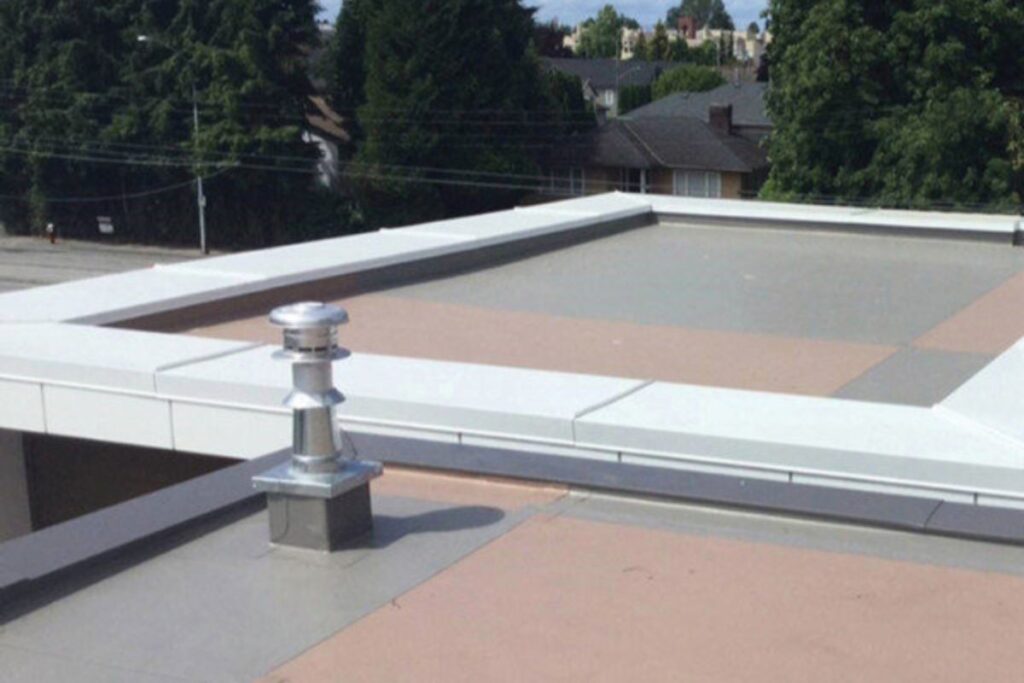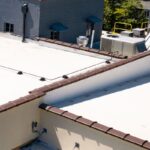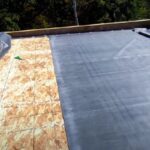If you’re planning a commercial roof replacement or building a new flat-roof structure, you’re probably overwhelmed with choices. There are many types of flat roofing materials out there—EPDM, PVC, BUR, and now, TPO. With its growing popularity, many people are asking the same question: Is TPO roofing worth it?
Let’s break it all down in a simple and practical way to help you decide if TPO roofing is the right choice for your property.
What is TPO Roofing?
First things first: TPO stands for thermoplastic polyolefin. It’s a single-ply roofing membrane made from a blend of polypropylene and ethylene-propylene rubber. The material is flexible, durable, and heat-reflective—making it a favorite for modern commercial roofs.
While it might seem like a new trend, TPO has actually been around since the early 1990s. Over time, it’s evolved through several updates and innovations, making today’s TPO systems more reliable and efficient than ever before.
Available TPO Roofing Colors
While roofing performance is usually more important than looks, color still matters—especially when it impacts energy efficiency.
Here are the standard colors of TPO roofing:
| Color | Benefits |
|---|---|
| White | Highest reflectivity; best for reducing cooling costs in hot climates |
| Grey | Balanced heat absorption and reflectivity |
| Black | Ideal for colder climates due to better heat retention |
Some manufacturers even offer TPO in custom shades to match your building’s aesthetics.
Is White TPO the Best for Energy Efficiency?
Yes—white TPO is often considered the best for energy efficiency. Because it reflects sunlight and reduces heat absorption, it keeps your building cooler, which can significantly lower your air conditioning costs during hot months.
But here’s the good news: Even black and grey TPO membranes are reflective to some extent. So, if white isn’t your style or doesn’t match your exterior design, you can still enjoy decent energy savings with other colors.
If your building is located in a cold climate, darker TPO shades may actually be better since they help with heat retention in the winter months.
Benefits of TPO Roofing Systems
TPO offers a long list of advantages that make it a popular choice among commercial property owners:
1. Cost-Effective
TPO is cheaper than many other single-ply membranes like PVC, while offering many of the same benefits. That’s why it’s such an appealing option for budget-conscious business owners.
2. Durable
TPO roofs are resistant to tears, punctures, mold, and algae. They can also expand and contract with temperature changes, which helps prevent cracking.
3. Quick and Easy Installation
TPO rolls are wide and lightweight. That means fewer seams, faster installation, and lower labor costs.
4. Low Maintenance
TPO requires less maintenance compared to traditional roofing systems. Regular inspections and light cleaning are usually enough to keep it in great shape.
TPO Roofing Issues to Watch Out For
While TPO sounds like a dream roofing material, it’s not perfect. Here are a few cons you should consider:
1. Longevity Still Unproven
TPO has only been widely used since the 2000s. That means it doesn’t have the same long-term performance record as EPDM or PVC. Some early versions had problems with cracking and shrinking, though newer products are more stable.
2. Inconsistent Quality
With so many new manufacturers trying to tap into the TPO market, not all TPO membranes are made the same. Lower-priced materials may be poorly made and less durable.
Tip: Always choose trusted roofing contractors who work with well-known TPO brands like GAF, Carlisle, or Firestone.
3. Heat Load Issues
In extremely hot climates, some TPO membranes have shown signs of premature aging. This is more common with cheaper, lower-quality products, so it reinforces the importance of choosing a reputable manufacturer.
Is TPO the Best Flat Roofing Material?
Here’s a quick comparison to help you decide:
| Roofing Type | Pros | Cons |
|---|---|---|
| TPO | Affordable, energy-efficient, easy to install | Longevity still being proven |
| PVC | Long-lasting, chemical-resistant | More expensive than TPO |
| EPDM | Very durable, proven track record | Not as energy-efficient unless coated |
| BUR (Built-Up Roof) | Great waterproofing | Heavy and labor-intensive to install |
TPO is a great middle-ground solution. It’s more affordable than PVC, more energy-efficient than EPDM, and much lighter than BUR systems. If installed properly with high-quality materials, it can serve you well for 20+ years.
Installation Tip: It’s All About Who You Hire
Even the best material won’t perform well if installed poorly. A lot depends on:
-
The experience of your roofing contractor
-
The brand of TPO membrane used
-
The climate conditions in your area
Always work with certified and experienced roofing professionals who can give you both quality materials and skilled workmanship.
Read More: BTS Army Bio for Instagram
Final Thoughts
Hello friends, if you’re searching for a flat roof option that balances cost, durability, and performance, TPO might just be the answer. Its clean look, energy efficiency, and low installation cost make it a favorite in the commercial roofing world.
Still, like any building decision, it’s important to do your research and understand the pros and cons. Not all TPO roofs are made equal, and your choice of contractor can make or break the project.



